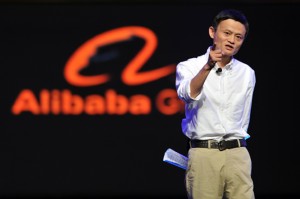telegraph.co.uk
We all desire high-end, top-quality products, and according to Mike Templeman’s article in YFS Magazine, the luxury market is expanding rapidly across the globe. Templeman explains that the success of a company entering the luxury market is all about branding strategy: what promise the brand makes to the customer and how customers perceive the brand. Templeman highlights several techniques that luxury brands utilize to create the right image, including high pricing, specific target marketing, select availability, and brand legacy.
With luxury brands, the most important aspect of branding seems to involve creating a customer perception of exclusivity and customization. In the luxury market, it is not only the quality of the product that draws consumers in, but also the desire to be one of the elite customers of the brand. The value placed on exclusivity, and the Veblen good “snob effect” is what keeps the prices astronomically high.
Branding strategies are tools used to achieve a desired psychological impact on the customer; the focus is on how the product is represented in the customer’s mind, and not so much its objective quality. While brands like Chanel are certainly of superior quality, it is the history and exclusivity of the brand name that makes it such an internationally recognized and desired label.
http://yfsmagazine.com/2014/01/23/luxury-marketing-create-luxury-market-brand-strategy/









